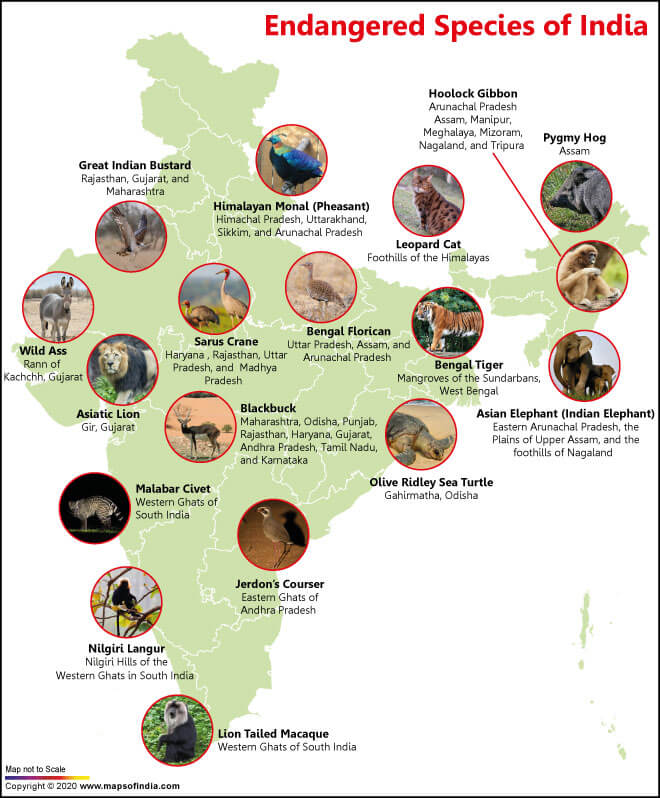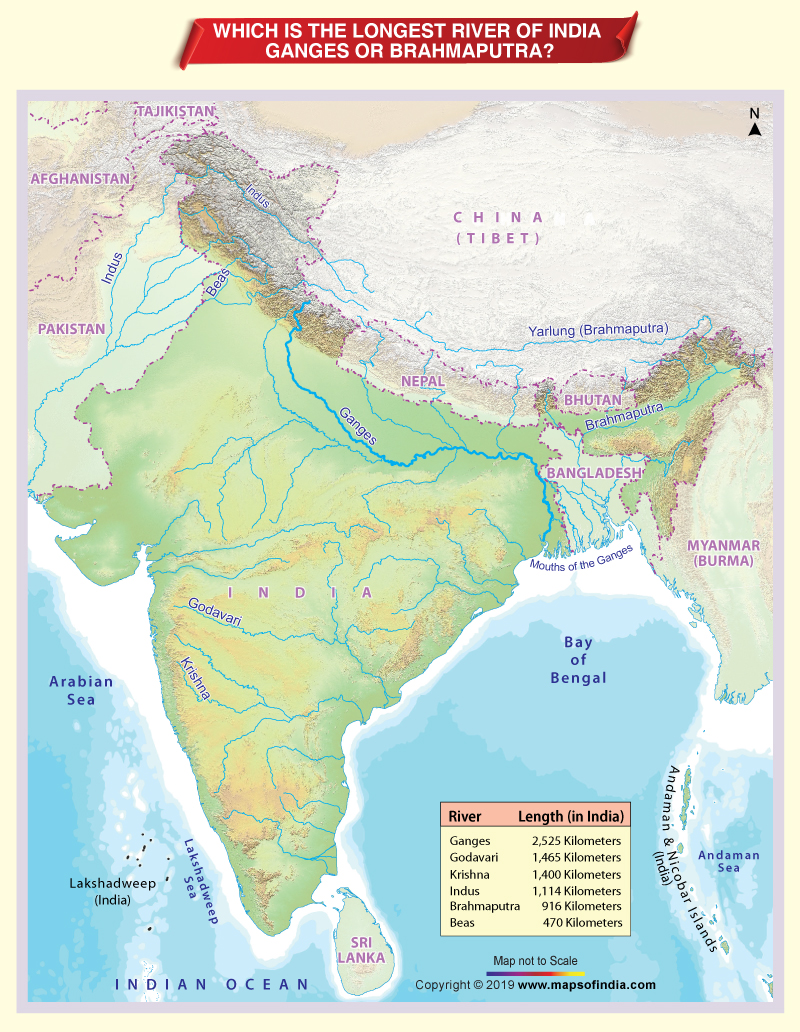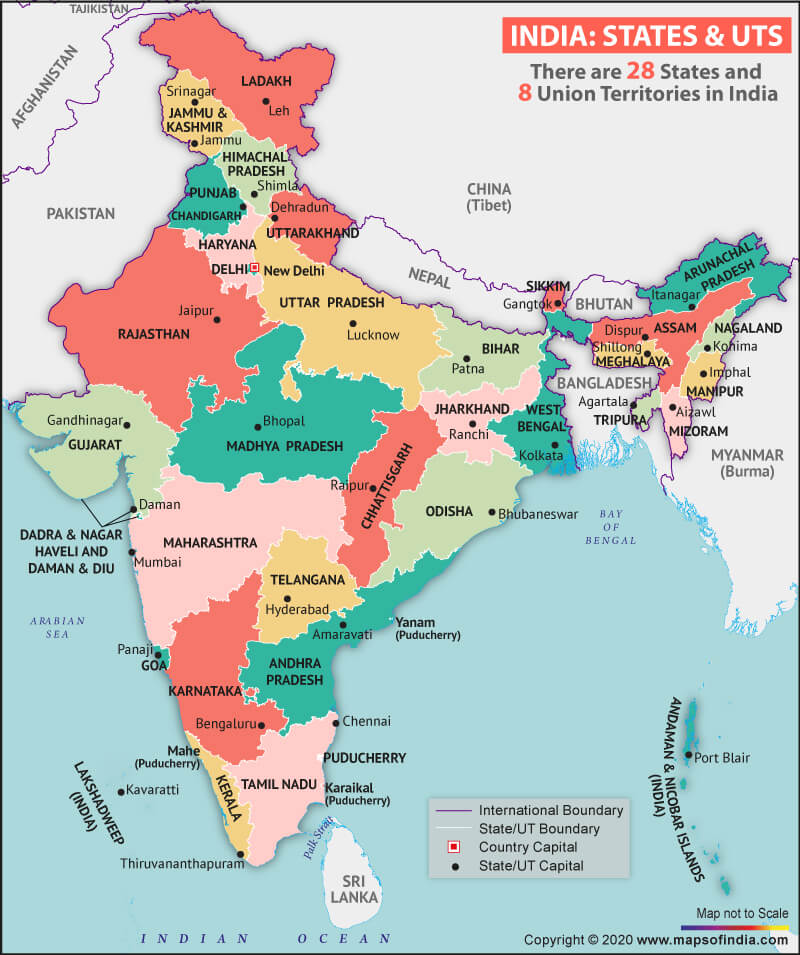

National Endangered Species Day is observed on the third Friday of May every year. This day is observed all over the country to create awareness among people on protecting animal species that face the risk of extinction. The day provides us with a chance to understand and respect the harmony of nature’s creation.
The population of some species is decreasing; the day is not far away when many of them may go extinct.
Here is the list of some of the prominent endangered animal species in India:
Asiatic Lion
Asiatic Lions are a rare species. The entire population of the species is mostly found in India, and it is now restricted to Gir National Park. The population of Asiatic Lion has been continuously decreasing since 2010. Therefore, the International Union for Conservation of Nature (IUCN) has declared the Asiatic Lion an endangered species. Currently, the population of Asiatic Lions in India is just 650.
Bengal Tiger
It is estimated that 70 per cent population of Bengal Tigers is living in India. The population of the species has reduced due to large scale poaching instances in India. A large number of Bengal Tigers could be seen in the Jim Corbett National Park. At present, the number of these tigers in the country is around 2,000.
Snow Leopard
The Snow Leopard comes in the category of the big cat. It was generally found in considerable numbers in the mountain ranges of Asia. But constant hunting and interference by human beings are the reasons behind the decrease in their number. Currently, the number of this big cat is around 500. In India, this cat can be seen in the areas of Ladakh, Himachal Pradesh, Uttarakhand, and in the western and eastern parts of the Himalayas. Time has come to protect the Snow Leopard otherwise it may become extinct.
Nilgiri Tahr
The Nilgiri Tahr is another endangered species. This goat species is spotted in some regions of Kerala. It turned into an endangered species due to poaching and shortage of natural habitats for them. Nilgiri Tahr is the state animal of Tamil Nadu. Currently, the population of Nilgiri Thars is just 2,500 in the world, and its numbers are decreasing because of detrimental human activities.
Kashmiri Red Stag
The Kashmiri Red Stag is also known as Hangul. The species is on the brink of extinction. The animal is generally spotted in dense riverine forests of the high valleys in Kashmir and Himachal Pradesh. The population of the animal had reached just 150 in 1970. Since then efforts are being made to protect and conserve Kashmiri Red Stag in India.
Blackbuck
The Blackbuck is famous by another name, the Indian antelope. (Film star Salman Khan was accused in the famed case of Blackbuck poaching in 1998). This species is found in India, Nepal, and Pakistan. But it has been extinct from Bangladesh. Blackbuck is now critically endangered in India due to harmful human activities and interference of its natural environment. It is now seen in small herds in India. The Blackbuck has been introduced in Argentina and the United States to increase its population.
One-horned rhinoceros
The one-horned rhinoceros is known as the Indian-rhinoceros. It has been considered a valuable species by the International Union for Conservation of Nature (IUCN). It is generally found in the foothills of Himalayas. But its number has been coming down because of poaching. Currently, the one-horned rhinoceros population has reached around 2,000. At present, one-horned rhinoceros has been conserved in many wildlife sanctuaries and parks to increase its population.
THREATENED SPECIES (as of 19 March 2020)
| Mammals | 93 |
| Birds | 93 |
| Reptiles | 54 |
| Amphibians | 75 |
| Fishes | 235 |
| Molluscs | 7 |
| Other Inverts | 131 |
| Plants | 428 |
| Fungi and Protists | 2 |
| Total | 1118 |
| India | Animals | Plants |
| EX | 0 | 6 |
| EW | 0 | 2 |
| Subtotal | 0 | 8 |
| CR | 90 | 86 |
| EN | 212 | 189 |
| VU | 383 | 153 |
| Subtotal | 688 | 428 |
Source: IUCN Red List (2020)
IUCN Red List Categories:
EX – Extinct, EW – Extinct in the Wild, CR – Critically Endangered, EN – Endangered, VU – Vulnerable
![]()



